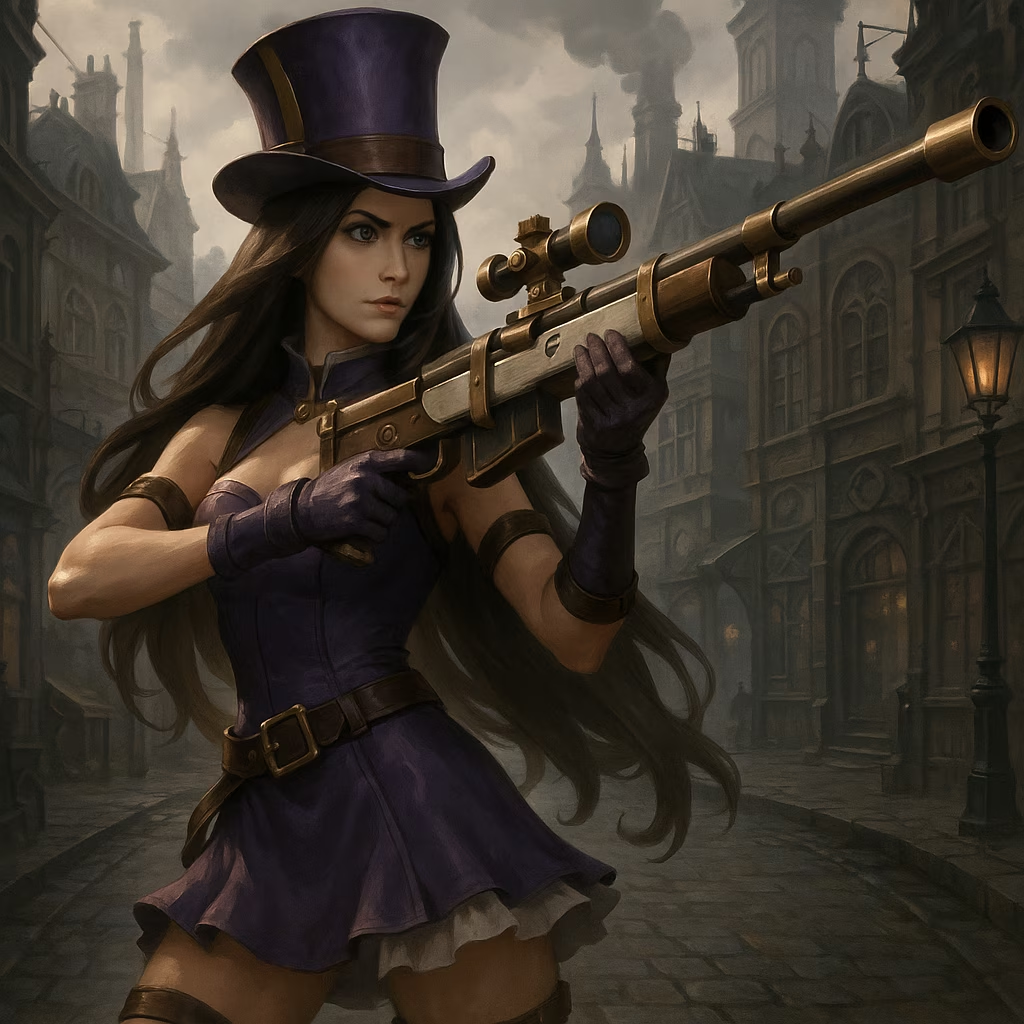When HBO's icy fingers reached across the entertainment divide to tap Riot Games' shoulder in 2014, nobody expected a marketing marriage made in Valyrian heaven. The premiere of Game of Thrones Season 4 was about to hit screens, and some bright spark at HBO realized the dragon-sized overlap between fantasy-loving League of Legends players and the medieval political drama's audience. Dustin Beck, Riot's VP of eSports, still remembers the cold call that started it all – a Hail Mary pass from traditional media to the gaming world that somehow stuck the landing.
The Demographics That Started a Revolution
HBO's research wasn't just shooting arrows in the dark. Their data showed uncanny parallels:
-
🔥 78% overlap in 18-34 age demographic
-
⚔️ Shared love for complex lore and character-driven narratives
-
🎮 Mutual appreciation for strategic gameplay/political maneuvering
Riot's own surveys confirmed players were binge-watching between ranked matches. As Beck put it: "When HBO came knocking, we realized our communities were basically long-lost cousins who didn't know they shared DNA."
Three Weeks That Changed Cross-Promotion Forever
The collaboration unleashed a marketing blitzkrieg across both universes:
-
Website Takeovers - GameofThrones.com flooded with LoL champions reimagined as Westerosi houses
-
Mash-Up Trailer - White Walkers marching through Summoner's Rift (never officially released but leaked snippets went viral)
-
In-Game Easter Eggs - Throne room textures hidden in Baron Nashor's pit
-
Social Media Storm - #IronThroneRanked trended for 72 hours straight
Authenticity Above All Else
Riot's philosophy cut through the corporate BS: "No cringe-worthy forced partnerships" became their mantra. Beck emphasized: "We'd rather eat glass than slap some half-baked crossover that feels like a cash grab. If it doesn't make our players go 'holy moly that's dope,' we scrap it." This meant rejecting HBO's initial pitch for Ned Stark skin bundles - too on the nose. Instead, they focused on subtle world-building nods that felt organic.
The Ripple Effects in 2025
| Legacy Aspect | Then (2014) | Now (2025) |
|---|---|---|
| Media Perception | Gaming = niche hobby | Gaming = cultural bedrock |
| Crossover Deals | 1-2 per year | 50+ annually |
| Audience Trust | Skeptical | Demands authenticity |
That first awkward date between dragons and dragons has blossomed into gaming's most enduring power couple. Just look at this year's Arcane x House of the Dragon collab that broke Twitch records. The playbook written in 2014? It's required reading for every marketing exec now.
Why This Still Matters
Let's be real - most brand partnerships crash and burn faster than a Dothraki wedding. But this? It worked because both sides respected their fandoms' intelligence. No spoon-feeding lore, no lazy reskins. Just two creative powerhouses whispering: "Hey, our weird worlds might vibe together." And damn did they ever.
So here's the real tea: next time you see an elf wielding a lightsaber in your favorite game, tip your hat to that scrappy 2014 team who proved crossovers could be more than cheap cash-ins. Want to experience gaming's most legendary collabs? Dive into the archives and see how it's done right – no half measures, no compromises, just pure unadulterated fandom love. Your move, entertainment industry.
Market data is sourced from OpenCritic, a leading aggregator of game reviews and scores. OpenCritic's analysis of major cross-media collaborations, such as the League of Legends x Game of Thrones event, highlights how authentic partnerships can drive both critical acclaim and player engagement, setting new standards for future gaming and entertainment crossovers.
